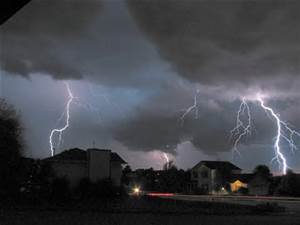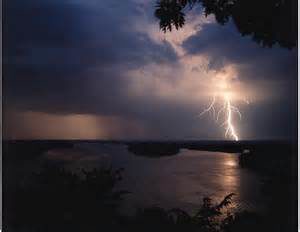
Protecting Coastal Property from Major Storm Damage on Cape Cod
CAPE COD BUILDER BLOG
 Many of the new homes we build, and renovations we undertake, are located in or near flood plains. The new FEMA Flood Insurance rate maps have focused attention on these areas. Property Owners have many questions about how to protect their property.
Many of the new homes we build, and renovations we undertake, are located in or near flood plains. The new FEMA Flood Insurance rate maps have focused attention on these areas. Property Owners have many questions about how to protect their property.
Massachusetts Department of Environmental Protection ( DEP) works to help protect coastal areas. They are very concerned with permitting new structures near the coastal bank. Erosion or destruction of the coastal bank compromises the very resource which naturally protects us from the devastating effects of major storms. So the DEP regulates shore side activity very closely.
Here is some good information from the DEP on how to protect coastal property from major storm damage. The site also offers links to lots of other information and resources. Of course you can always call us here at REEF Cape Cod’s Home Builder. We’re happy to help.

How do I know if my property is located in a Flood Hazard or High Hazard Zone?
First check your community FIRM Map to locate your parcel. Definitions have been added or refined in the DEFINITIONS Section of the Building Code, 780 CMR 320.G201, that relate terms used by FEMA on the Flood Insurance Rate Maps (FIRM) to describe High Risk Areas (A Zones) and High Risk Coastal Areas (V Zones) with terms used in the Building code to describe Flood Hazard (A) Zones and High Hazard (V) Zones, Base Flood Elevation, etc.
After checking the FIRM maps talk to your Building Inspector about whether your building/structure falls within a high risk flood area on the FIRM for building permit requirements.
Is My Proposed Building in a Coastal Dune?
New Flood-Resistant Construction Requirements
“The edge of the sea is a strange and beautiful place. All through the long history of Earth it has been an area of unrest where waves have broken heavily against the land, where the tides have pressed forward over the continents, receded, and then returned. For no two successive days is the shoreline precisely the same. Today a little more land may belong to the sea, tomorrow a little less. Always the edge of the sea remains an elusive and indefinable boundary…” The Edge of the Sea by Rachel Carson
Recognizing the nature of coastal beaches and dunes helps to understand how they function and why it’s important to protect their function. The fluid exchange of sand between coastal beaches and dunes is driven by the constant action of wind and waves and is part of the dynamic process of coastal dune building by accretion and beach maintenance by erosion of dunes. The volume and height of coastal dunes provide a buffer from storm waves and elevated sea levels for landward properties and landward coastal wetlands. To protect the public benefits that the coastal dunes provide, dune volume must be maintained while allowing the coastal dune shape to conform to natural wind and water flow patterns.
In matters of regulation and policy, MassDEP considers the dunes closest to the coastal beaches (primary coastal dunes) to play a critical role in storm damage prevention and coastal flood control by serving as a buffer and supplying sand to coastal beaches. In all but very rare cases, the Department restricts new construction as well as reconstruction or expansion of structures on primary coastal dunes.
The Wetlands Protection Act Regulations, 310 CMR 10.28, and Massachusetts Basic Building Code, 780 CMR 120.G.701 and 120.G.801 both establish requirements for building design and construction in coastal dunes and flood hazard zones that are intended to protect the function of coastal dunes and ensure the structural integrity of buildings.
The Building Inspector must determine what design requirements apply to your project when reviewing your building code permit application. If the project is on a parcel of land located all or partially in a coastal wetland resource area shown on the “Map of Coastal Wetland Resources For Building Officials”, the applicant must submit a construction document, an official determination from the wetlands issuing authority (Conservation Commission or MassDEP) indicating whether the construction is in a coastal dune and whether the coastal dune is significant to the interests of storm damage prevention or flood control. The determination can take the form of a valid Order of Conditions, Order of Resource Area Delineation, or Determination of Applicability.
If the wetlands issuing authority determines that a proposed building site is located on a coastal dune and the dune is determined to be significant to the interests of storm damage prevention or flood control, the building permit shall, at a minimum, require that the building conform to the conditions established by the wetlands issuing authority in addition to the building code elevation and design requirements. No building permit can be issued unless the Order of Conditions allows the construction.
Protecting Coastal Property… by Mass DEP
Protecting Coastal Property… by Mass DEP







